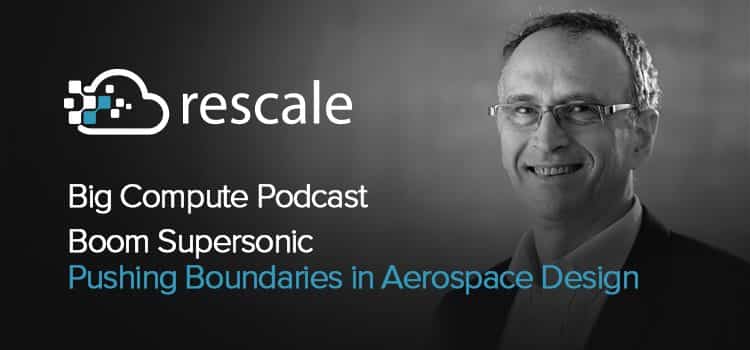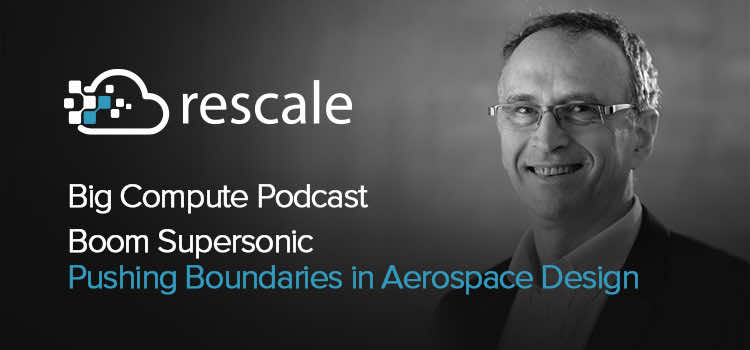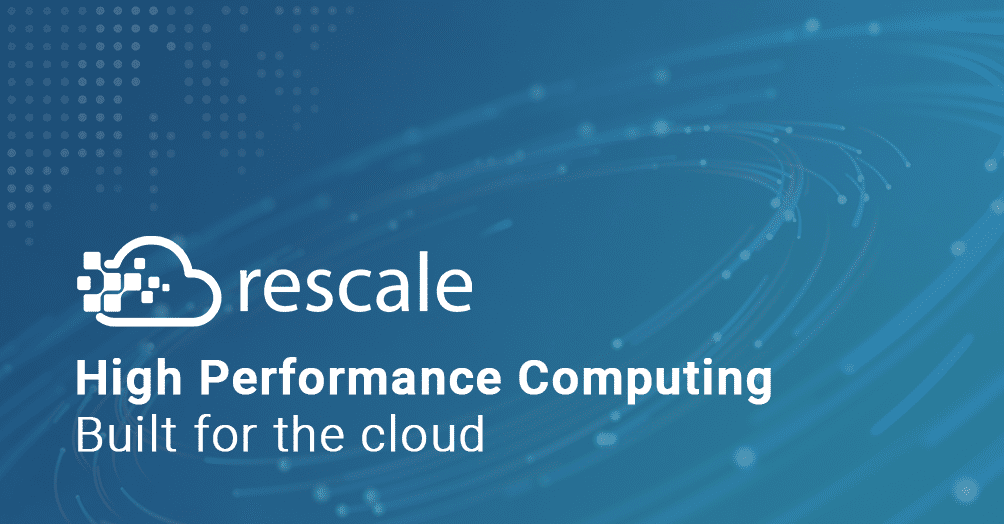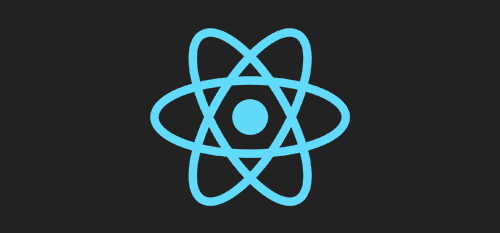Big Compute Podcast: Boom Supersonic – Pushing Boundaries in Aerospace Design
In this Big Compute Podcast episode, host Gabriel Broner interviews Josh Krall co-founder and VP of Technology at Boom Supersonic. Boom is using HPC in the cloud to design a passenger supersonic plane and address the technical and business challenges it poses.
Register for Future Big Compute Podcast Episodes
Overview and Key Comments
We witnessed technical success with supersonic flying with Concorde, but the economics did not work out. More than forty years later, Boom is embarking in building Overture, a supersonic plane, where passengers will pay the price of today’s business class seats. Boom has been using HPC in the Cloud, and in 2017 they received the HPCwire Readers award for Best Use of HPC in the Cloud
Why Supersonic Flying
Josh Krall tells us supersonic flying will not only cut the time to fly in half, but an impactful second order effect is that it will bring the world closer together:
“Boom Supersonic is about redefining what it means to fly, by reducing travel time in half to fulfill the mission of bringing the world closer together. We are about 2.6 times faster at Mach 2.2. For most of us he have not experienced cutting travel time in half in our lifetime. What we learned is that the second order effect tends to be just as a big a deal. The type of travel you choose to do completely changes. Before the adoption of jets, it would take 15 hours to fly to Hawaii, so not many people would take that trip. After the introduction of jets, Hawaii became a destination and travel increased tenfold. Australia is today 15 hours from the west coast of the US.”
On the Business Case
“Concorde was ahead of its time. A technological marvel. They only made 14 of them and they are in museums today. The fundamental drawbacks were efficiency and economics. They had more seats than they could fill, so they had to charge high ticket prices because of operating and maintenance costs.”
“Concorde designers did not have access to today’s modern carbon fiber composite materials, they used wind tunnels over decades instead of today’s computational fluid dynamics, and propulsion systems were jet engines with an afterburner. Today we have modern turbofan engines which are tremendously more efficient. As a result of having those efficiencies, we can bring Overture to market today, addressing a much larger market, and it will be significantly less costly to operate: we have 55 seats to fill instead of 100; operating cost are similar to subsonic building class; it’s viable on hundreds of thousands of long haul routes; it’ll be quieter, more efficient, and more affordable.”
“On top of that, the market for long haul business class over water travel has increased dramatically since the days of Concorde, which helps with the operating economics. You can have hundreds of planes, and a robust network to reduce maintenance costs. We have already sold 30 planes to Japan Airlines and Virgin Airlines.”
Why HPC in the cloud
“We are startup. In the early days we needed to use our capital to grow the business. What Rescale and HPC in the cloud offered was a way to avoid the upfront infrastructure costs.”
“Today, we are not as constrained by capital. We raised money and we have the ability to invest in on-premise infrastructure but we value the cloud for different reasons, which has to do more with the constraints of on-premise. This month we will run 13,000,000 core hours of simulation work and the ability to get that work done quickly, in days instead of weeks, or weeks instead of months, gives us a lot more schedule agility, and allows the engineers to get the results when they need them, instead of having to plan around highly utilized on-premise systems.”
On Applications and Results
“We have two different teams that do simulations. Our main external aerodynamics team does full aircraft simulation to prove out flight handling characteristics, stability control, loads, all workflows with large data sets. Our propulsion team does inlet aerodynamics. They are doing both design work and more complex work on steady cases, flutter cases and shock simulations. We started off with open source and NASA codes like Fun3D and Cart3D, and now we are starting to use proprietary codes like Numeca and CFD++. We have a ‘best tool for the job’ approach.”
“As far as results, we are modeling complex vortex flow over a delta wing at low speed conditions which is not an easy problem to solve. Same thing with inlet aerodynamics. Concorde designers took a decade to get inlet design correctly and our designers were able to do it in nine months running the kinds of CFD simulations you can do today.”
“We have been validating our results against wind tunnels, both supersonic and low speed aerodynamics, and we are getting very good matches.”
When is it going to be flying
“We started with building XB1 a supersonic demonstrator aircraft. It’s proving the same technologies that we’ll bring to market. Data from our test flights will help us refine the design of the 55-seat airliner. Most of our team is focused on our demonstrator. We are aiming to bring it to fly test by the end of this year, and supersonic test early next year. A team is doing early designs in Overture the actual plane, which we expect by mid 2020s.”
Challenges
“From an HPC point of view the biggest challenge is how to manage the growth of the program and the compute demands. We need really high performance and some of the legacy cloud platforms struggle with that. We are working with the Rescale team on how we will run very large “billion-node” kinds of problems.”
Learnings
“For the one-off design cases or single engineer workflows the cloud is ready to go. What Rescale offers out of the box is very capable of doing work in the cloud for what you would do on premise.”
“For large scale, just like on-premise, you have to invest in tooling. It’s different than on premise because you get the benefits to burst into much more capacity. Our partnership with Rescale on this has been really invaluable. We have done a lot of co-development which may be paving the way for others.”











